Fire ants re-discovered at Tweed Shire Council South Murwillumbah industrial site six months after original outbreak
Authorities have raised the alarm after a new fire ant nest was found in the Tweed. It comes after five of the dangerous pests’ nests were destroyed, and amid long-term treatment plans.
Regional News
Don't miss out on the headlines from Regional News. Followed categories will be added to My News.
Tweed Shire Council and the Department of Primary Industries have raised the alarm after a new invasive fire ant nest was found at the original NSW infestation site at Murwillumbah.
Properties in the area will face ongoing treatment over two years, authorities say.
The National Fire Ant Eradication Program is working with the NSW Department of Primary
Industries to tackle the new South Murwillumbah infestation.
On November 24, imported red fire ants, believed to have come from Queensland into NSW, were found at a Tweed Shire Council Quarry Rd industrial estate site in the town. Five nests were exterminated.
The ant’s march into the state prompted authorities to launch Operation Victa on the Queensland-NSW border, along the Pacific Motorway, under a control order.
Motorists moving high-risk materials – including agricultural and earthmoving equipment, mulch, compost, hay, soil, turf, or potting mix – from known northern infestation zones must have biosecurity certification and comply with cleaning requirements.
One Murwillumbah businessman said he was haemorrhaging up to $20,000 per day after a 5km exclusion zone was set up.
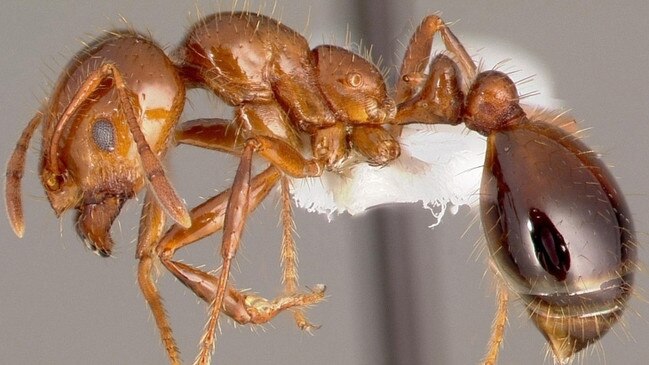
The imported ants become aggressive when nests are disturbed and quickly swarm perceived predators, like humans and pets.
Stings cause painful burning and itching. Multiple stings make it feel like the body is on fire and they can lead to severe and sometimes fatal allergic reactions.
The insects have the potential to inhabit most of Australia, causing environmental, social and economic impacts. They damage crops and can result in closures of public areas.
Nationals Leader and Shadow Agriculture Minister David Littleproud previously said late last year would the ants would “hit the Murray-Darling and spread up and down the country”.
Now, the council states an “immature” new nest was found at the same site and destroyed on Thursday. It was about 10-15 metres from the nest destroyed in November and the council has deemed it “low-risk due to the absence of reproductive ants”.
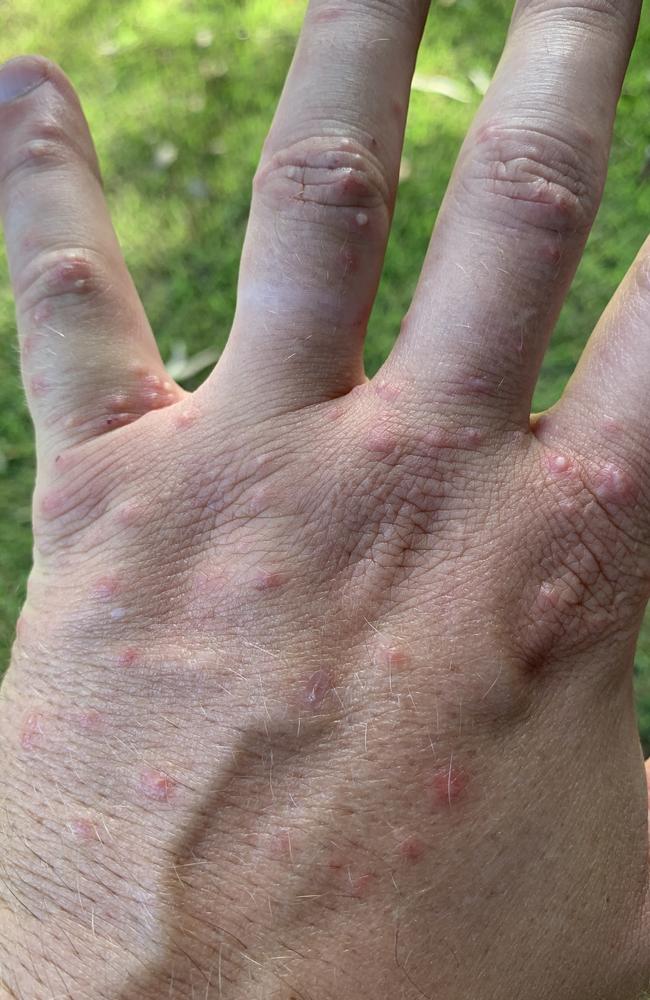
The council states detections around former sites were expected and showed multistage treatment and surveillance was needed.
Detections surrounding infested sites are to be expected, highlighting the importance of multiple stages of treatment and surveillance over an extended period.
Tweed Mayor Chris Cherry said she was grateful for the vigilance of all involved, including contractors.
“While this new discovery was not unexpected, it is a reminder that the problem of fire ants remains with us in the Tweed,” she said.
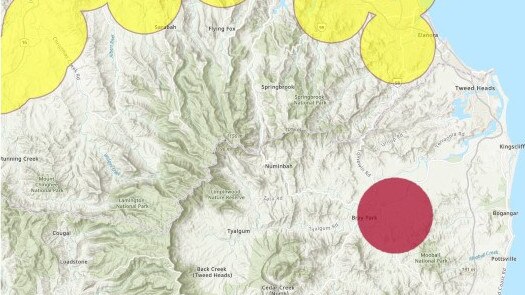
“We cannot afford to let our defences down – it is vital all landowners continue to work with the responsible jurisdictions and allow consent for ongoing treatment on their land.”
The program has been carrying out aerial and ground treatments across Murwillumbah properties and the council warns all properties must be accessible to ensure eradication.
Nests get injected with the insecticide fipronil and then insect growth regulator is spread between 2-5 km by air or by ground. Two more treatments are scheduled for the Murwillumbah site.
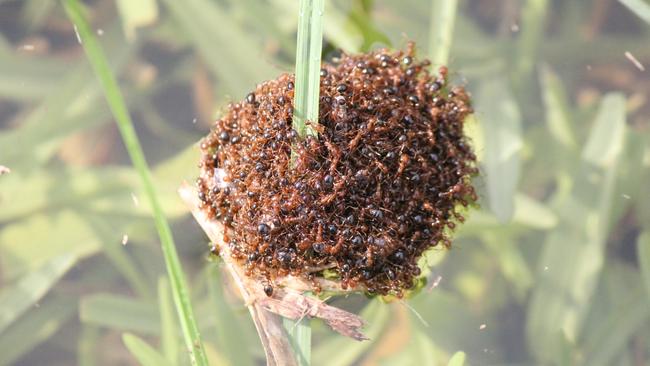
The National Fire Ant Eradication Program said in a statement it was “not uncommon to find fire ant nests in areas receiving eradication treatment”.
It states a “multistage process” using the regulator “prevents the (ant) queen from producing viable and reproductive offspring, which takes effect over several weeks
Properties in the area “must receive multiple rounds of broadscale treatment over two years” and “one round of treatment has been applied to 500m out” from the site. Round 2 started last month.
Meanwhile, the Senate Standing Committees on Rural and Regional Affairs and Transport inquiry report on the insects released April 18.
Invasive Species Council manager Reece Pianta said it was “a call for our government to boost fire ant eradication efforts”.
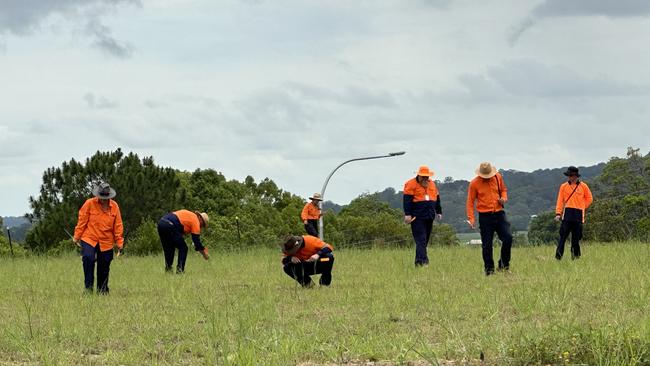
“The report makes it clear the government needs to do more to repair the damage done by past fire ant failures,” he said.
He called on the government to review funding and get national eradication “back on track” before it costs the country an estimated $2 billion-plus annually.
The report recommends an independent agency or commission for eradication, a rapid review of funding, better program transparency, as well as a public awareness campaign.
It also made recommendations for an increased investment in research and more resources to allow landowners to tackle infestations.

A spokesman said the Federal government was working with state and territory governments and delivering a response intensifying efforts to contain the pest to Queensland.
He said the government was “fully funding the $592 million National Fire Ant Eradication Program, with $296 million from the Albanese Labor Government over the next four years.
The spokesman said the report noted funding for “Australia’s largest nationally cost-shared biosecurity response” had been boosted.
For more information about fire ants, the program or eradication treatments visit fireants.org.au online, or the council’s website for local information. Report suspicious ant activity by phoning 1800 680 244.
Do you have a news tip? Email catherine.piltz@news.com.au




